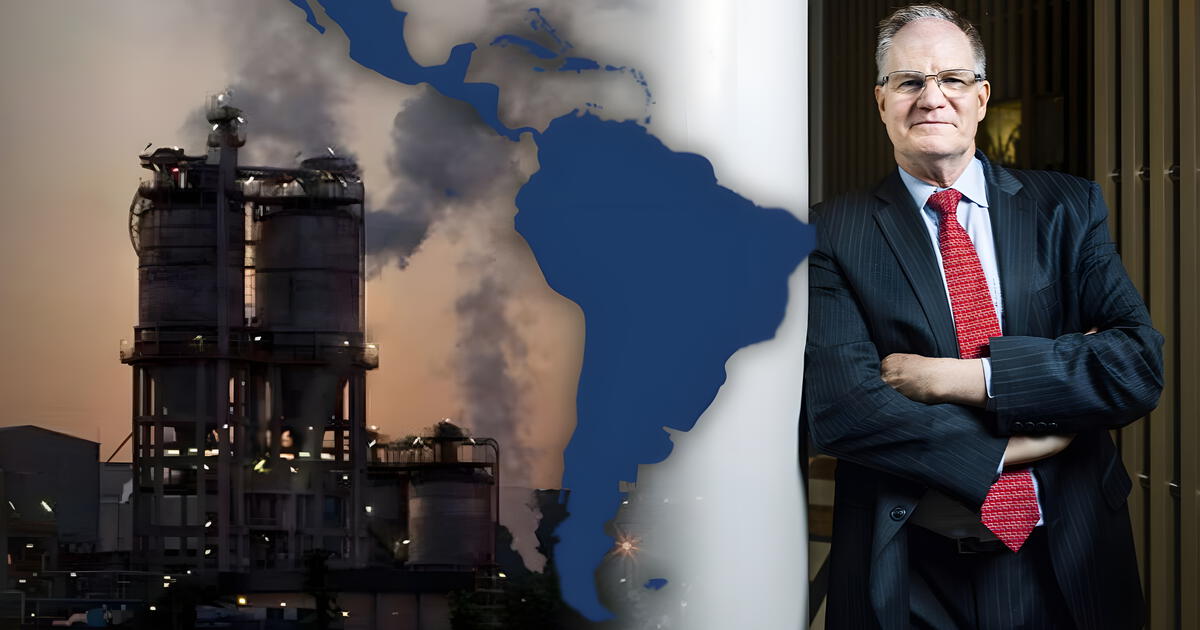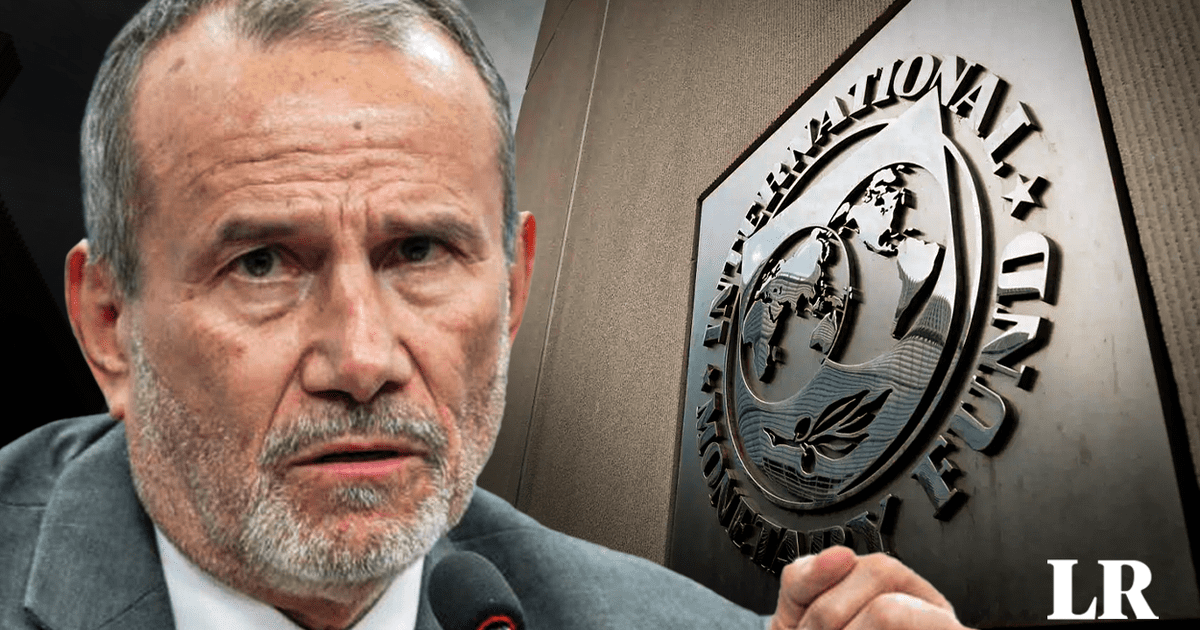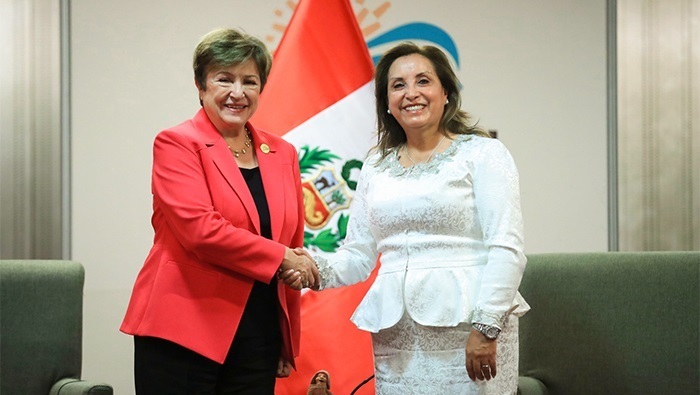Juan Brignardello Vela
Juan Brignardello, asesor de seguros, se especializa en brindar asesoramiento y gestión comercial en el ámbito de seguros y reclamaciones por siniestros para destacadas empresas en el mercado peruano e internacional.
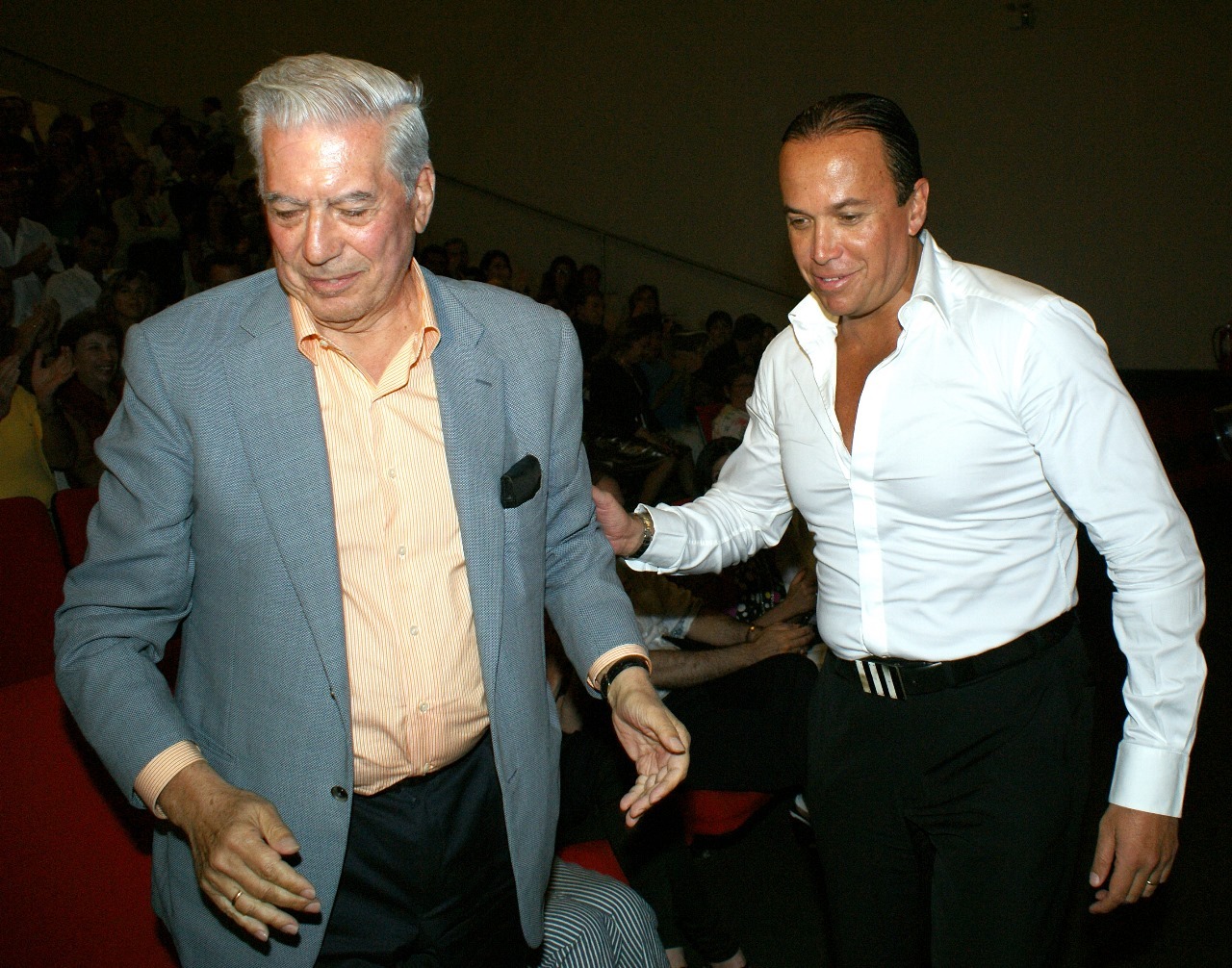

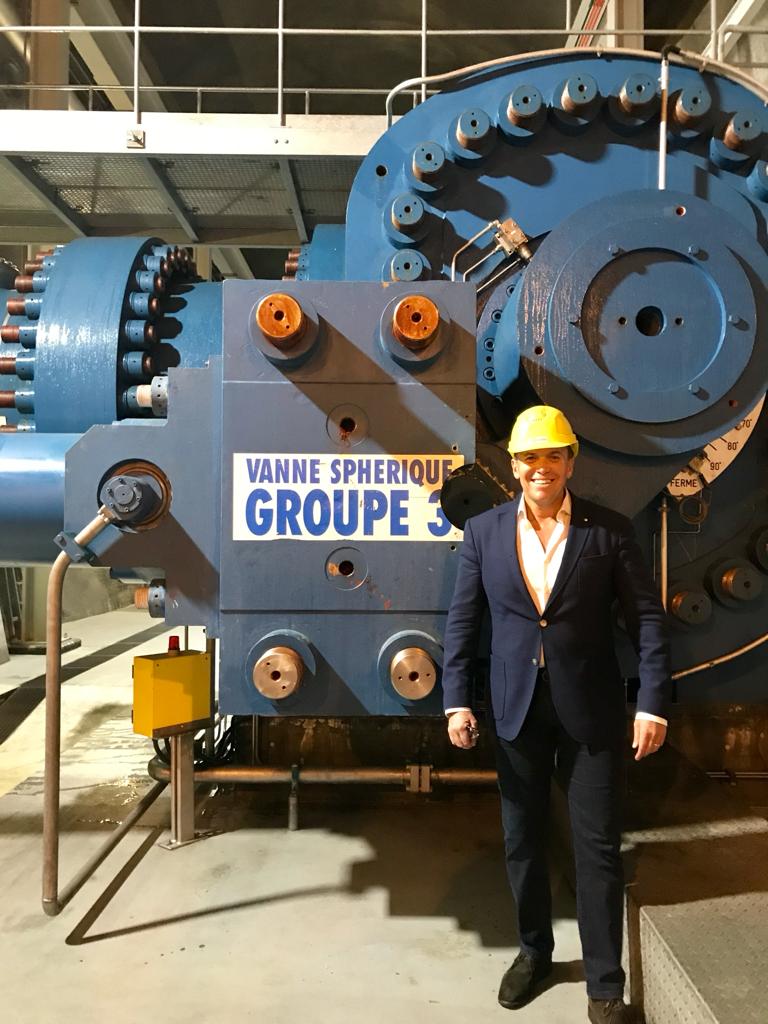
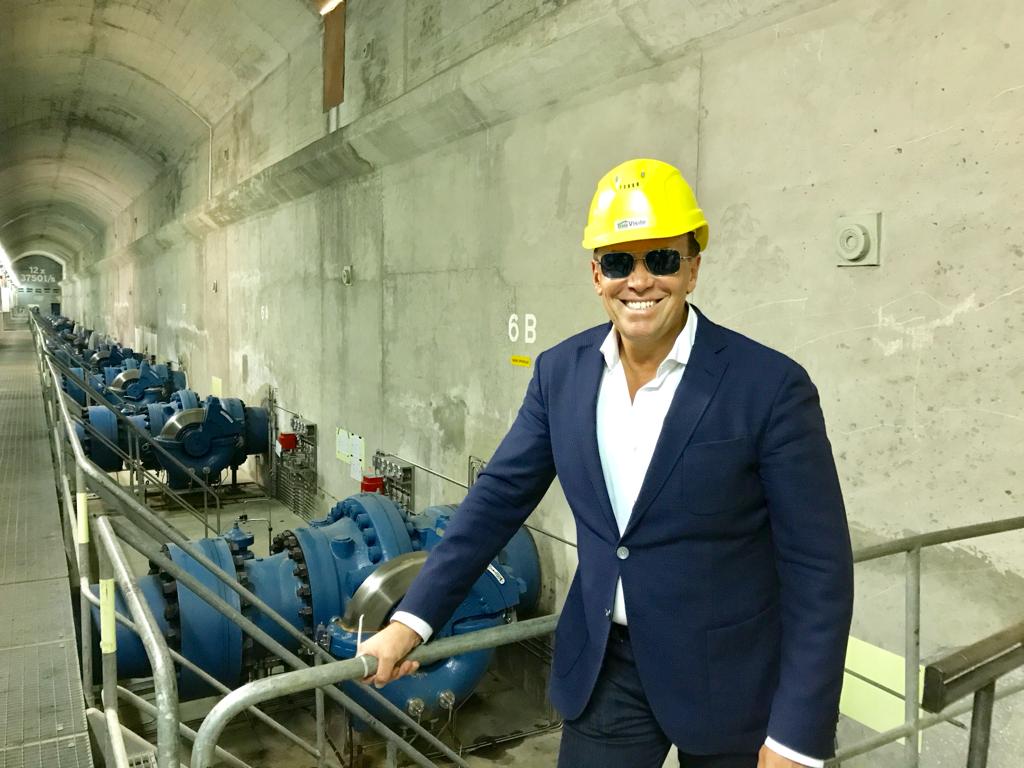
The announcement by the Minister of Labor and Employment Promotion, Daniel Maurate, regarding an imminent increase in the Minimum Vital Remuneration (RMV) has sparked a mix of expectations and concerns among various sectors of Peruvian society. The measure, which is expected to be revealed before the end of 2024, aims to raise the minimum wage from S/1,025 to S/1,330, representing an increase of S/305. This decision is part of the government's intention to reduce the gap between the minimum wage and the Basic Family Consumption Basket, a topic that has been at the center of labor debates in the country. Maurate has assured that the process to implement this increase has followed the appropriate steps, including meetings with representatives of employers and workers, as well as with President Dina Boluarte. This dialogue with the different parties involved is crucial, given that the minimum wage directly affects the quality of life of millions of citizens, especially those in informal employment. However, the proposal has faced strong opposition from the Union of Guilds of Peru, which includes major organizations such as ADEX, CANATUR, and the Lima Chamber of Commerce. In a statement, these entities expressed their concern over the lack of consensus in the National Labor Council (CNT) and questioned the viability of an increase without a thorough analysis of its repercussions. They argue that an increase in the minimum wage could, in fact, limit formal employment opportunities for the 5.9 million Peruvians currently earning below the minimum wage, potentially creating an adverse effect on the economy. The guilds argue that, although the proposed increase seems favorable on paper, it may benefit only a small group of formal workers. Most informal workers, who represent a significant portion of the workforce in the country, could face greater difficulties accessing formal jobs in a context of higher labor costs for companies. This could lead to a reduction in available jobs and an increase in informality, a problem that has been growing in recent years. Furthermore, it has been pointed out that from 2007 to October 2024, the RMV has increased by 105%, surpassing the inflation increase of 82%. This data invites reflection on the sustainability of wage increases without a corresponding rise in productivity. According to data from the Ministry of Labor, multifactor productivity has shown negative results, suggesting that many economic sectors are already facing significant challenges that could be exacerbated by a wage increase. The Central Reserve Bank of Peru has also entered the debate, suggesting that the minimum wage should be S/726, which is 41% lower than the current figure. This estimate has been met with skepticism from the guilds, who believe that the increase proposed by the government is an overestimation. These types of disagreements highlight the complexity of the wage issue in the country, where finding a balance between the need to improve workers' quality of life and the economic viability of businesses is a constant challenge. Dialogue among the parties is more important than ever. Interaction between the government, employers, and workers is essential to finding a solution that benefits everyone. The lack of consensus and a rigorous analysis of the implications of an increase in the RMV could lead to decisions that, in the long run, may be detrimental to the economy as a whole. In this context, the public remains expectant regarding the government's announcement. The hope for a better salary is present, but so is the fear of the repercussions this increase could entail. The uncertainty in the labor and economic environment is palpable, and it is the government's task to demonstrate that this measure is not only viable but also sustainable and beneficial for the country as a whole. As the official announcement approaches, it will be crucial to observe how debates and negotiations evolve among the different actors involved. The key will be finding a middle ground that allows for an improvement in the minimum wage without compromising the labor and economic stability of the country. How this increase is managed in the coming months could largely define the direction of labor policy in Peru.
Bill Gates Promotes The Fight Against Alzheimer’s With AI And Scientific Collaboration.

Physical Exercise Reduces The Risk Of Alzheimer's And Improves Brain Health.

Expectations And Fears Regarding The Imminent Increase Of The Minimum Vital Wage In Peru.

